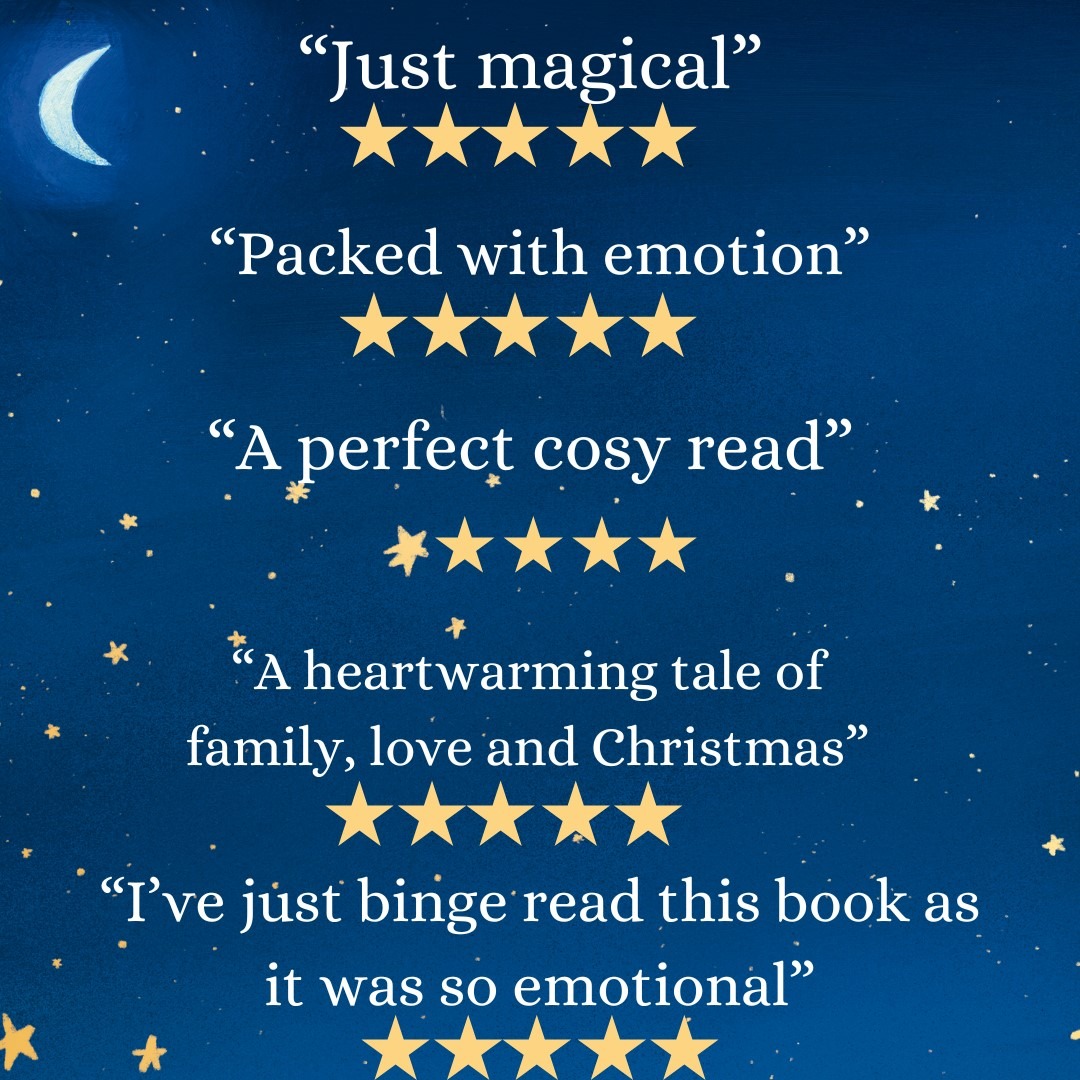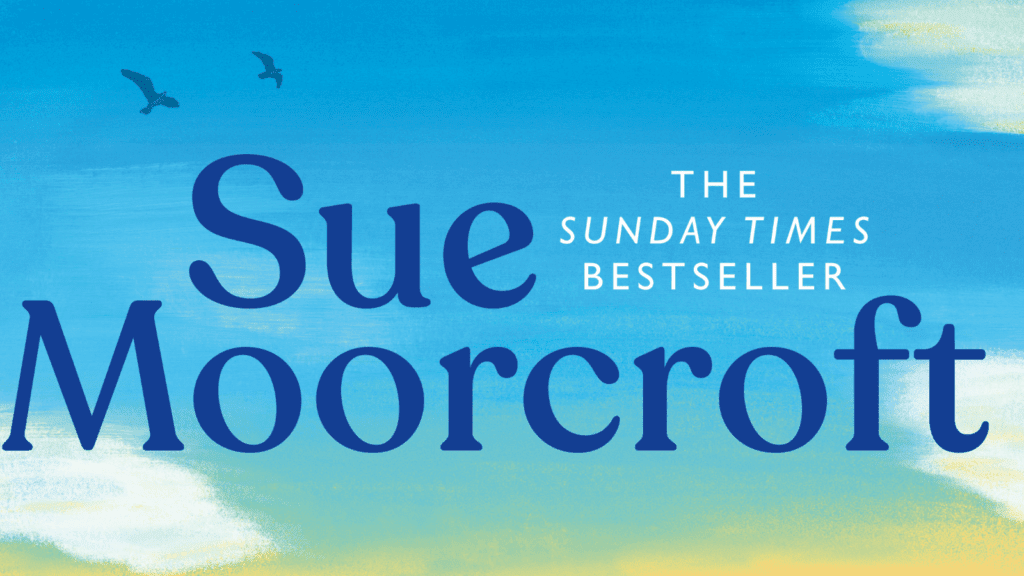This is the 18th of 25 blog posts to celebrate my 25th published novel, A Skye Full of Stars. Here I provide more writing tips, this time considering how and when to use flashbacks in your writing.
I always think carefully before utilising flashbacks to reveal backstory. There are other techniques available.
A flashback gives information about backstory to the readers and usually involves a complete change of scene as the incident from the past takes centre stage. It moves the narrative back in time from the point it has reached – ‘flashing back’ to a prior point.
Argument For…
Flashbacks can be a fabulous way to manipulate a timeline – or two or more timelines – if your novel involves that structure. Or the storyline can be suspended for the flashback to take place at a point that creates a cliffhanger. Frequently, flashbacks are used to tell the readers the backstory. Some genres use them so much that their readers must enjoy them.
Argument Against…
A flashback halts the action, so any momentum my story’s building up is lost. Even if it’s exciting and crammed with intrigue, a flashback looks backwards instead of forwards and so sacrifices the all-important ‘page-turning quality’ or has to build up new PTQ … only to halt that, in turn, as the flashback ends, and the main narrative takes over again. I’m not a massive fan of halting narrative drive, neither as a writer or a reader. My story is a train on a journey. The readers are the passengers. To use a flashback, I have to stop my train and get my passengers to board a second train and then drive that forward. Then I have to stop the second train and get everyone back on the first. It can work. We’ve all had journeys like that and reached our destination. But is it the most comfortable, immersive way of enjoying the ride?
Alternatives To Flashbacks
As my books don’t involve me manipulating the timeline and I choose to construct cliffhangers in different ways, I use other techniques to convey backstory, so my readers don’t have to change trains.
- Conversation. Characters talk about past events, weaving their dialogue into the present action so the reader stays with the main narrative all the time. Dialogue’s a powerful tool and can be used to bring out skeletons from closets or probe old sores, provide explanations, expose lies and reveal secrets or hitherto hidden desires and allow characters to show both reader and other characters exactly how they feel or what they know.
- Thoughts. Weaving memories into present action via a narrator or a third-person viewpoint character who’s acting out the scene but thinking about the past at the same time. I find this great for revealing emotion and, if I need to, keeping information between Character A and the reader. That can build up tension as the reader knows other characters don’t share the same knowledge and there’s conflict on the horizon.
- Prologues. I know not everyone likes them. However, a scene at the beginning of the book that’s going to have impact later, or even affect the whole book, can be a punchy, effective way of conveying backstory. To stretch my train metaphor, it’s the train manager making a dramatic announcement before the journey begins. Ladies and gentlemen, we hope you enjoy your journey but someone’s standing on a bridge we have to pass beneath … and they may be throwing rocks.
- Other forms of communication. Letters, diary entries, emails, texts, newspaper articles, websites, social media posts, even graffiti can convey backstory without the train even slowing as it whizzes through a station.
If I’m honest, you might find the occasional flashback in my early books. Maybe as time went on, I became a more efficient train driver.
My new novel A Skye Full of Stars is out now!



